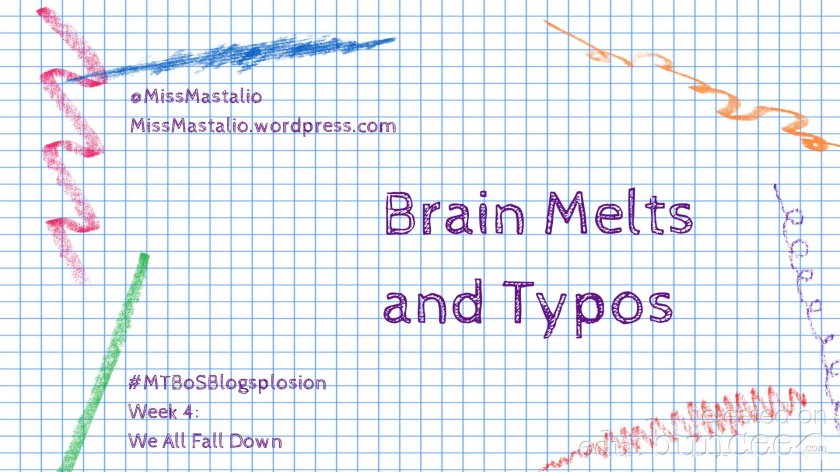This is a rundown of what’s happened in my classroom life in 2016. I feel like I have grown to be a much better teacher last calendar year (still so much room to grow!) and wanted to share some moments, resources, etc.

Classroom Moments
1. Algebra 2 Question Stack Meltdown
This was one of those moments where everything went wrong but it ended up better than if it had gone as planned. We were doing a systems of equations question stack, a format I got from Sarah, to practice their ability to choose the most efficient method of solving. I was also filming the lesson for my application to be a model teacher for my district. One student hit a problem that they could NOT find a solution to amongst the solution choices – they could not get a whole number solution. I looked over the work, and could not find the error. Another student looked over the work, and could not find the error. A third student looked it over, and could not find the error. The original student redid the problem using a different solution method, and did not get one of the possible solutions. We had Heather, who was helping me film the lesson, check the work, and she couldn’t find the error.
Turns out I had switched x and y in one of the equations when I was typing the Question Stack out. Oops.
But. Every single one of my students in that room ended up involved in discussing the math behind the question. Searching for errors. Analyzing each other’s work. Trying multiple solution methods. And none of them gave up. Even when I was checking the textbook to find the problems I had used to see if I had typed it incorrectly, they were still looking for their mistakes. It was honestly one of my proudest teaching moments as I realized that I’d successfully helped along students who had real perserverance.
2. 2016 May Graduation – First Students
Every single graduation ceremony we have at Mid City makes me cry because I am so enormously proud of these students for succeeding when the world tells them they can’t. Every. Single. One of the 6 I’ve now attended. But last May’s was especially meaningful because of the graduates’ relationship to me. I taught mainly Algebra I my first year teaching, which was mainly sophomores, and some Intermediate Math, which also had some sophomores, so this group of graduates ended up being largely composed of the students who were in my first ever classes. The students who helped me through all my panic and mistakes of my first year teaching and who made me fall in love with this profession forever. Watching them walk across that stage was intensely overwhelming and a very, very proud moment.
3. Interactive Notebooks
After reading about them since I started teaching, I decided to take the leap and start using interactive notebooks in Algebra 2 this year. I started with just one class because I didn’t know what I was doing. My students have responded so well to them and I’ve actually come to enjoy designing the pages or finding them from other teachers a ton. I’ve never seen a group of students actually use notes so efficiently before.
The real deal-sealer for the INB’s was hearing my students talk to each other about how it helps them to know what the most important main ideas are for each concept – it’s what we put in our notebooks. They realized that if they understood what was in their notebooks, they could figure all the smaller stuff out. I’m planning on implementing them in my other classes next year.
4. UNI Professor visit
Several of my former professors came to visit my classroom for a day as part of a program UNI is doing to try to improve their teacher education program. I got to show off my students and my classroom to some of my biggest mentors. My students got to get praise and attention from “real mathematicians”. They had their minds blown by mobius strips and drawing perfect circles on the board and knot theory and lapped up the attention from the professors. They got to hear stories about me in college. I thought my heart might burst when my professors were asking my students how they could make teachers better and one of them said, “just make more like Miss Mastalio!”
They proved that they are incredibly mature and inquisitive people. They showed how proud they were of their school. One of my students pointed out that I say “sure” the exact same way as one of my former professors when a student is asking a question I don’t quite want to give them an answer to and I’m left wondering if I learned it from him.
5. Student Improvements
I’m thinking of a few specific students here that I have for a second time. Students that I handed grade reports last year that were consistently at D-‘s and that I get to hand B’s to this year because they’ve worked so hard to understand. Students who had breakdowns in front of me because they got so anxious about the math that this year are still struggling but come in for extra help and don’t give up and are proud of their own improvements. Students that I regularly had to yell at for talking during class and being off task who now are the first to volunteer ideas in class discussions.
Having a small staff means I get to see this kind of growth up close, because I often have students for Algebra I and later statistics or Algebra 2 or Intermediate Math. I love it.
Twitter Accounts to Follow
1. @midcitymavs
This is our school account and you should follow it to see all the incredible things our students do and all the weird costume days we have and a place that is full of pride and love.
2. @mathequalslove
Sarah has so many downloads and games and ideas that she’s posting every day. It’s incredible. I use a lot of her activities in my classroom and take inspiration to create my own as well.
3. @ProfNoodleArms
This is one of my former UNI professors, TJ Hitchman. He tweets a lot about his experiences teaching with an Inquiry Based Learning style, which really pushes students (like me in his Euclidean Geometry class) to become more like ‘real’ mathematicians when in a math class. He also tweets about 3D models and knot theory and in general I really enjoy staying in touch with him through this medium, but I think others would also find interest in his tweets.
4. @Teach4SpclNeeds
I don’t even remember how I started following Karen but she is one of the most relentlessly positive teachers on Twitter. Plus, it’s fun sometimes for a high school teacher to look through posts by an elementary school teacher and think, “that looks fun and cute. But…not my thing. But fun!”
5. @MrsMeganMorgan
Megan is the Lead Support Teacher of our district and she…leads in support. Literally. She has always enthusiastically supported my ideas and technology experiments and offered resources and words to make me better. She shares a lot of cool things happening around the district and posts things that make me think hard about my teaching.
Blogs to Follow
1. MathEqualsLove
Pretty much any math teacher will tell you how much they love Sarah, and this is like the third time I’ve mentioned her in this post, so…just go follow her. She is a wizard with Publisher and creates INB pages, posters, and activities that look gorgeous and gives you all the downloads right in the post. My classroom kind of looks like her blog exploded all over it.
2. Infinite Sums
Jonathan posts a lot of metacognitive things about how his teaching is going. There’s a lot of student work examples that he analyzes, and he’s very transparent about all the changes he makes in his curriculum and teaching style and the thought process behind it. It will make you think “why haven’t I tried it like that?” and sometimes “Why is he doing that?”. He’s trying to change the culture behind advanced math classes at his school and is being very successful at it. Very cool.
3. one good thing
This is a collaborative blog with a few main contributors that write short posts daily about the good things that happen in their classroom. Sometimes the good things are tiny and they write about how hard it was for them to find the good in that day, and sometimes they’re huge. You know how teaching goes. But it helps keep me positive and remember to find the good in my days. Plus sometimes it makes me cry.
4. Math with Bad Drawings
This one is what it says on the tin, basically. An investigation of various concepts in math and math education, accompanied by stick figure drawings. Every post will make you laugh, and more often than not you will be thinking about the message the post is sending for the rest of the day.
5. dy/dan
Dan is a former teacher who is now the Chief Academic Officer at Desmos. He does something called Pseudocontext Saturdays, which calls out the ridiculous context math textbooks try to use to make concepts “real world”. He also takes middle of the road traditional math problems or activities and tries to reformulate them to be more interactive, real world, and have the students tackle the mathematics more head on. All of this is done with constant feedback and tweaks from blog commenters who are teachers.









